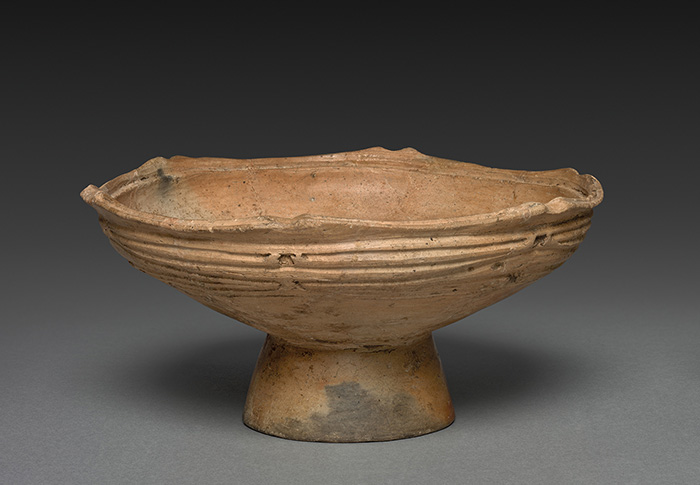The Plant and the Primate
Since prehistoric times, Cannabis has grown around human communities, attracted by the nutrients we scatter and the sunlight that enters the clearings we open. With so much food and energy, it grows incredibly fast, many meters in just a few months, through very long, resistant fibers that form its stalk. These fibers — Hemp — were revolutionary for human societies 10,000 years ago.
The Ebers Papyrus (c. 1550 BCE) from Ancient Egypt contains a prescription for medicinal Cannabis applied directly for inflammation.
Cannabis is a camp follower — a plant that has germinated around human groups since time immemorial, in a gigantic region that originally stretched from Eastern Europe to the Far East. It likes our presence because it is heliophilic: it loves the sun. And we tend to open clearings in the forest. Not to mention that we spread many nutrients in our waste, which it also loves.
Under these conditions, Cannabis grows at an astonishing speed: it can exceed three meters in just six months. Its very vertical stalk is made of long fibers of great resistance. If a person cuts the stalk and beats it with a stone, massaging the fiber with their hands until it becomes flexible, they easily produce a very useful material: Hemp fiber.
It is possible to braid these fibers to make cords, ropes, threads, nets, and any type of flexible yet resistant structure. This material was revolutionary for human history. It allowed our ancestors to begin producing an infinity of fabrics, clothes, ornaments, and objects for all kinds of uses. Some of the world's first ceramic pots and jars were made of clay wrapped with Hemp threads to dry in a structured way. These threads were also very useful for domesticating the first animals, especially horses, which required harnesses, reins, and stirrups. The first fishing lines and nets, the first writing papers, boat ropes and sails were made of Hemp.
And, crucially, Cannabis fiber, immersed in clay, provides structure to erect walls made of soil. This use of Hemp was fundamental for human communities, since the end of the last ice age 11,000 years ago, to begin establishing themselves in houses and forming villages, then cities. Hemp is at the origin of architecture, just as much as it is in its future.
Pedestalled dish from the Jomon people in Japan (10,500-300 BCE), one of the most vibrant ceramic traditions in history. The surface textures were made by wrapping Hemp ropes around the still-soft clay.

